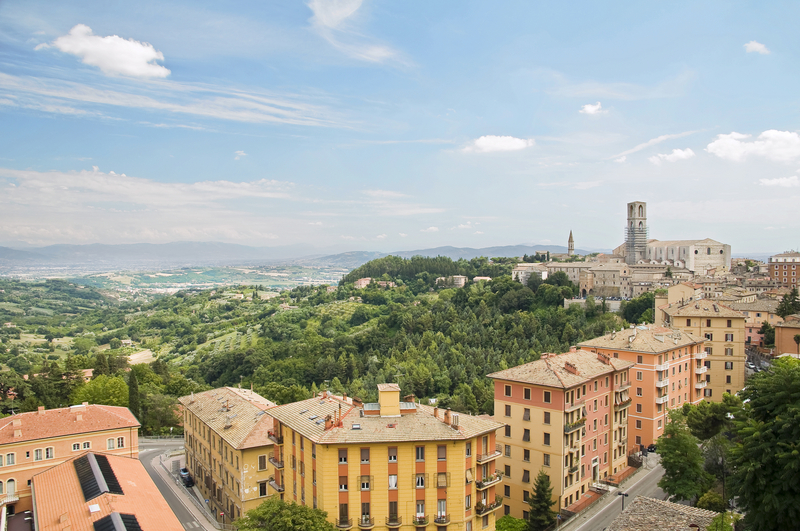The municipality of Radda, located in Chianti, Italy in the region Tuscany, is an area that is famous for its archeological sites, historical landmarks, and the production of Chianti, a celebrated red wine. Radda is situated on Route SS222, which features outstanding scenery and landmarks. The municipality can be reached by car without much difficulty; however; three buses each day run from Florence and the Siena Train Station to Radda’s town square. Radda is quite small and one can do all his or her sightseeing on foot if desired.
Radda has a strong Etruscan origin, although it was only in the previous century that excavations, carried out at Malpensata and Poggio La Croce, uncovered a significant number of Etruscan artifacts. In Medieval times, powerful feudal families constructed impressive castles and forts in the town; however, many of these structures were seized when Florence took control of Radda in the 13th century. For the next several centuries Radda was a major source of conflict between Siena and Florence, the two most revered cities in Tuscany at that time. This situation continued until Radda, Gaiole, and Castellina were constituted in 1774. After the city-states were unified, Radda became the municipality it is today. In the 1970s, a surge in the wine industry in Chianti helped the municipality of Radda to thrive, which is still the case to this day.
 The first castle of Radda was a residential dwelling constructed at the beginning of the 11th century, but when the Republic of Florence organized the small communities in the mid 1200s, this castle was taken over and used for state purposes. The Castle of Radda was once the capital of the entire League of Chianti. All such structures in the Radda municipality were preserved to retain at least part of their original appearance. Certain buildings, including the Monterinaldi, were transformed into apartments, farmhouses and villas, and some were partially preserved to serve as tourist attractions.
The first castle of Radda was a residential dwelling constructed at the beginning of the 11th century, but when the Republic of Florence organized the small communities in the mid 1200s, this castle was taken over and used for state purposes. The Castle of Radda was once the capital of the entire League of Chianti. All such structures in the Radda municipality were preserved to retain at least part of their original appearance. Certain buildings, including the Monterinaldi, were transformed into apartments, farmhouses and villas, and some were partially preserved to serve as tourist attractions.
The municipality’s religious history can also be seen in the town’s architecture and design. The Pieve di Santa Maria Novella is a primary example of such architecture, and this structure looks much the way it did when first designed in the Middle Ages. Romanesque features can be seen in the architecture of Radda’s other churches as well, including the Livernano and Albola cathedrals and the church of Saint Eufrosino at Volpaia.
The stunning landscape that can be seen from the town’s promenade is an attraction all by itself, and one can easily spend an hour or more capturing the beautiful landscape on film. There is also a modern, well-maintained playground for children in the town’s small square, which can be used free of charge by locals and visitors. Many parents enjoy having coffee in the square while their children play, as the cafe is located close to the playground. In addition, there is a farmer’s market opened seven mornings a week just outside the town square, where one can purchase fresh fruits, nuts, and vegetables from local harvesters. With such impressive architecture and historical sites, it is not surprising that Radda is a favorite destination of those who enjoy wine, history and ancient architecture.









